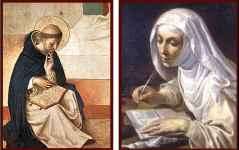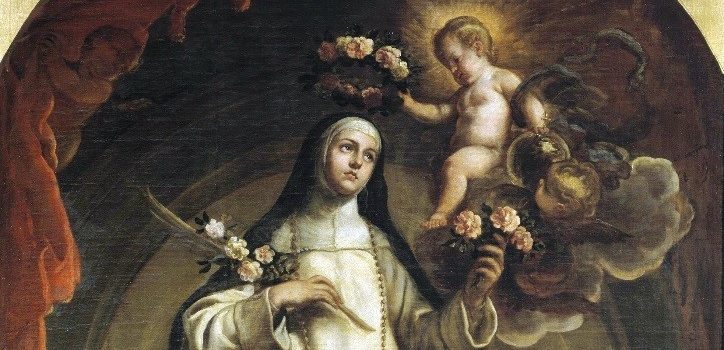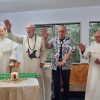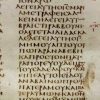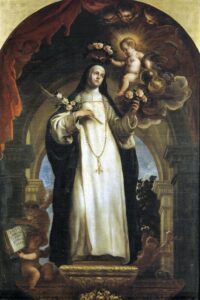 Reflection Question: In what ways might Rose of Lima, a 16th and 17th century Peruvian woman, speak into our lives and into our context?
Reflection Question: In what ways might Rose of Lima, a 16th and 17th century Peruvian woman, speak into our lives and into our context?
St Rose of Lima (1586-1617)
Born in 1586, to a Spanish father and a Peruvian Creole mother, Rose of Lima lived until she was thirty-one years old and both her legacy of contemplation and her sense of mission can encourage us today.
From childhood, Rose was drawn to prayer and, as she matured, she went regularly to a hermitage in the family garden where she would relish the quiet, pray and undertake regular fasting. Ultimately, Rose was instrumental in founding the first monastery of cloistered nuns in Peru.
A strong devotee of Catherine of Siena who lived several centuries earlier, Rose explored and prayed with Catherine’s image of “a bridge” which could link earthly human beings with heaven, and also Catherine’s image of “a ladder” which signified a person’s journey into the divine mystery.
Rose’s life had multiple strands. Focusing especially on people who lived at the edge of society, Rose spent her days caring for slaves, for Indians, for mestizos, for the ill and for the impoverished. Her missionary outreach was to all in need. She was quite dismissive of some of her brother friars whose days seemed to be taken up with engaging in complex theological issues. Rose would have preferred that they offer practical consolation to those who were suffering!
Rose was the first canonized saint of the New World and became patroness of the Americas, the Philippines and the West Indies. She was also a contemporary of St Martin de Porres.
Contemporary Dominican theologian, Gabriella Zengarini OP concludes a chapter on Saint Bartolomé de Las Casas and Saint Rose of Lima with these words, “Can it be that as a Dominican family we will let ourselves be questioned by the mystical and prophetic daring of Bartolomé and Rose? And will our theology be the fruit of this same daring?”[i]
Prepared by Helen Bergin OP
[1] See Gabriela Zengarini OP, “Bartolome de las Casas and Rose of Lima: The Quest for Liberty,” in Towards the Intelligent Use of Liberty: Dominican Approaches in Education (Ed. Gabrielle Kelly OP and Kevin Saunders OP, 2004), 88.
[i] See Gabriela Zengarini OP, “Bartolome de las Casas and Rose of Lima: The Quest for Liberty,” in Towards the Intelligent Use of Liberty: Dominican Approaches in Education (Ed. Gabrielle Kelly OP and Kevin Saunders OP, 2004), 88.
Image from Wikimedia Common
